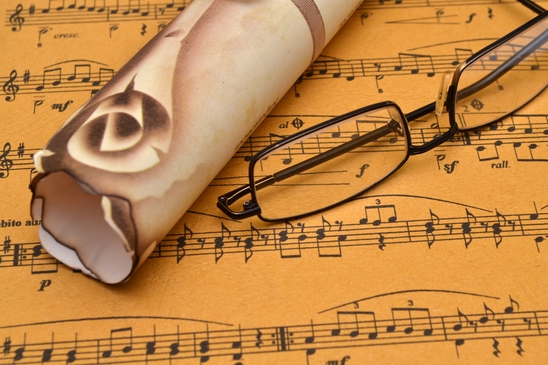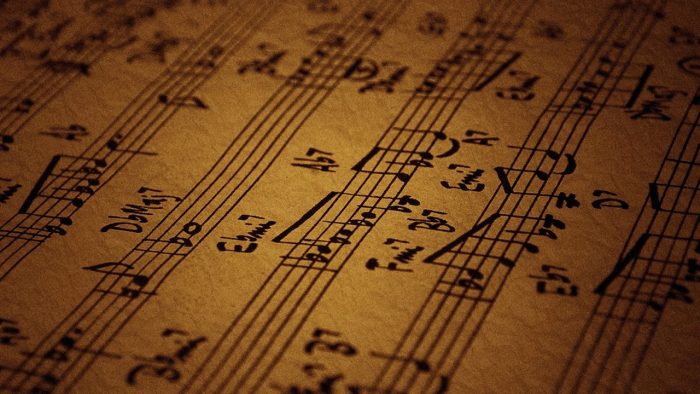Romantic music began to appear at the end of the eighteenth century in literature and art, and the Romantic era appeared somewhat late in music in general, as the Romantics rejected the manifestations of the classical tradition. Music was of great importance, and they paid attention to the emotional and innate and turned to nature for inspiration. Beethoven had a great influence in the nineteenth century, and his life faced a turning point in history. The French Revolution of 1789 was the most explicit expression of individual rights in the eighteenth century.

Women did not obtain equal rights, but few of them were able to become composers, and their works spread, for example, Clara Schumann and Fanny Mendelssohn, where the music of the Romantic era was characterized by the phenomenon of the skilled player, for example, a trend appeared identical to the specific music being prepared for the performance In reception rooms, such as short works, or the so-called masterpieces of Chopin and Schumann, and here lies the contrast between the common feature of many great romantic compositions of solo instruments and orchestral works, and isolation in works such as Schubert’s song series “Winter Trip”.
Romantic era music between past and present:
The Romantic era was known as an era full of contradictions with the direction of the authors in the past, but they did not abandon the classical traditions and the Bedouin experience in many languages, including: the new and bold harmonic language, and this renewed style is particularly evident in Berlioz’s “imaginary symphony”, or in the sonnet in Si’s small maqam in 1852, which was twisted in one movement, or in its strange harmony, as they believe that the Romantic era has “rediscovered” the music of the past.
In 1829 the German musician (Mendelssohn) gave the performance “The Passion of Christ According to Saint Matthew” to Johann Sebastian Bach (German musician and composer); It made a wonderful discovery of music that revived it for the next few years, drawing the attention of musicians and audiences not only to the importance of Bach’s music but also to encouraging musicians to perform the music of the past and composers.
Home Music in the Romantic Period:
There is only one musical instrument from the Romantic era, which is the piano, as romantic musicians not only composed concierge music for the piano, but also composed special music for amateurs, and among the measures that were associated with the political and social changes of that era was the possession of a large number of houses a piano. Accordingly, the demand for composing music that could be played at home increased, and many orchestral and operatic piano works were redistributed.
Living heritage in the Romantic era:
The music of the Romantic era remained loved and enjoyed by listeners; Because it was rich in innovation, melody, harmony, pain, and greatness, as well as links beyond music, composer John Williams uses music in a symphonic way to represent the future, and American author John Adams can be called a romantic composer for his great orchestral works, such as “the study of harmony.”




![The Top & Most Popular Seafood Bucket Restaurants in Dubai for you [Never Miss]](https://uae24x7.com/wp-content/uploads/2020/09/8-seafood-in-a-bucket-scaled-e1600739237403.jpg)
![Procedures for Renewing the Driving License in Abu Dhabi [3 Simple Steps]](https://uae24x7.com/wp-content/uploads/2020/07/Capture-9-e1595666454466.jpg)





